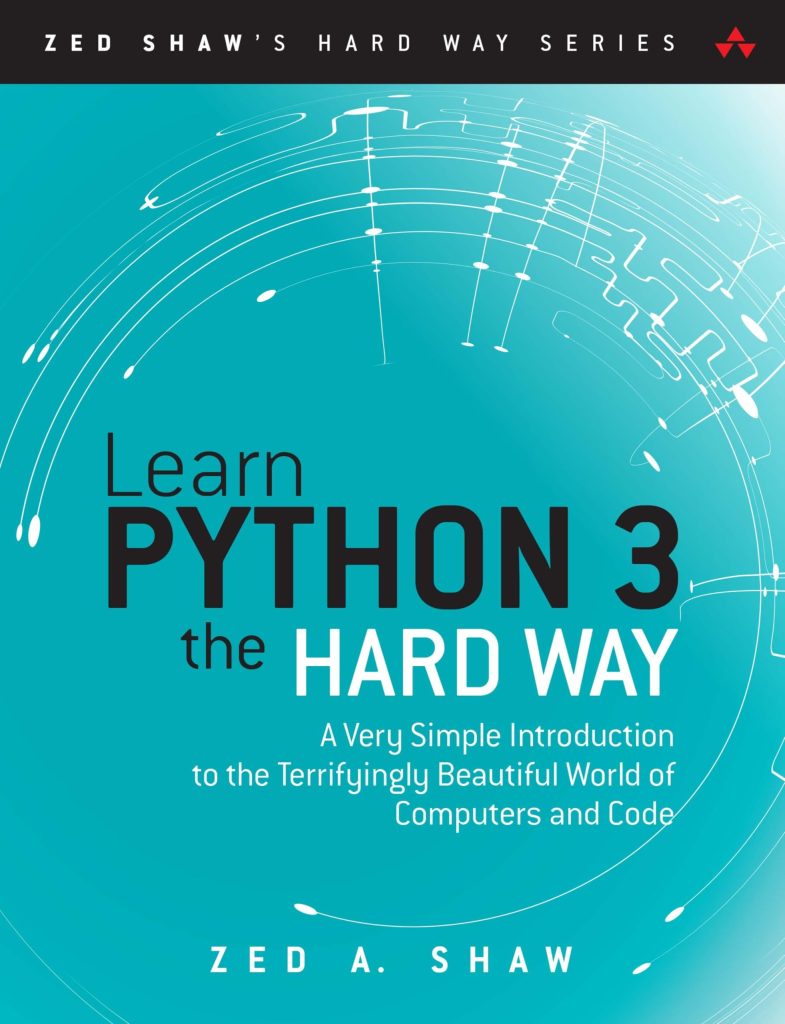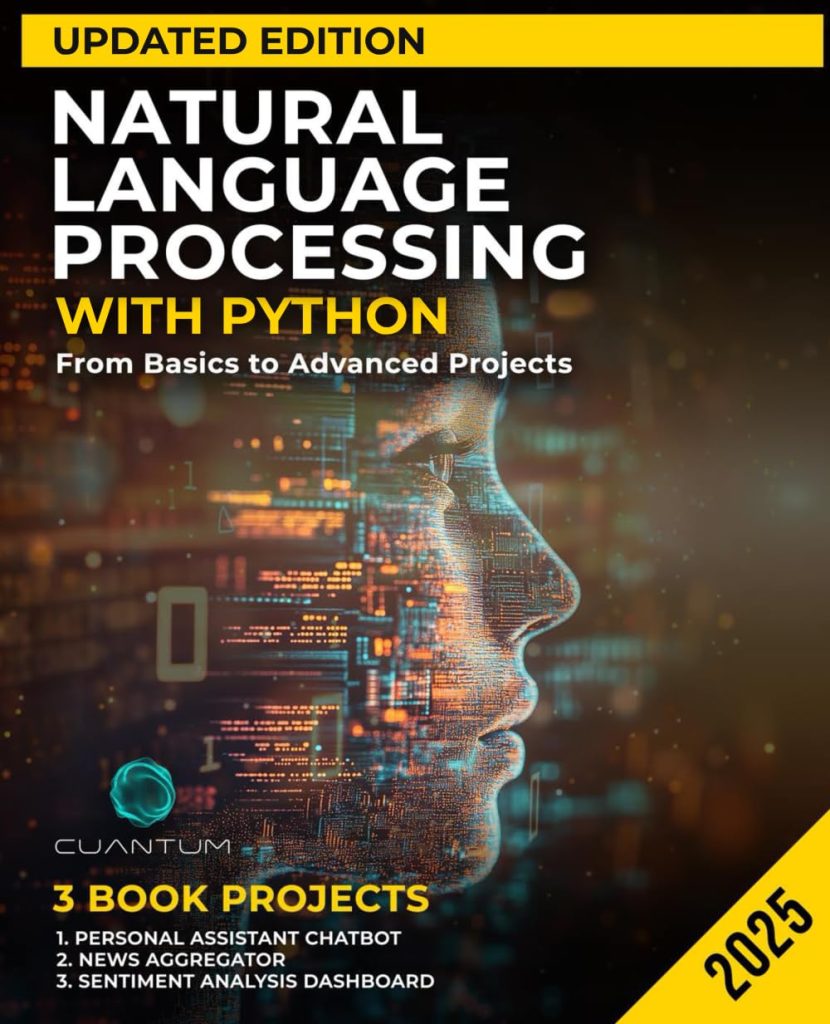
Data smoothing and filtering are fundamental techniques used in signal processing to improve the quality of data by reducing noise and unwanted fluctuations. At its core, these methods involve manipulating a dataset to achieve a clearer representation of the underlying signal. That’s especially important in various fields, such as engineering, finance, and biomedical applications, where accurate signal interpretation can lead to better decision-making and insights.
To understand the mechanics behind data smoothing and filtering, it is essential to grasp the concept of noise. Noise refers to random variations in a signal that obscure the true information. For instance, in sensor data, noise can arise from environmental conditions, measurement inaccuracies, or electronic interference. By applying smoothing techniques, we can effectively reduce this noise and reveal the underlying trends more clearly.
There are several approaches to data smoothing, including moving averages, exponential smoothing, and more advanced techniques like Savitzky-Golay filtering. Each method has its own strengths and weaknesses, suited to different types of data and noise characteristics. The choice of method can significantly influence the quality of the smoothed output.
Filtering, on the other hand, typically refers to the process of removing specific frequency components from a signal. This is often achieved using digital filters, which can be classified into categories such as low-pass, high-pass, band-pass, and band-stop filters. Low-pass filters, for example, allow signals with frequencies below a certain threshold to pass through while attenuating frequencies above that threshold, effectively smoothing the data.
One critical aspect of filtering is the phase distortion that can occur, especially with finite impulse response (FIR) filters. Phase distortion can lead to shifts in the time domain, which can misrepresent the timing of events. That is where zero-phase filtering, such as the one provided by the scipy.signal.filtfilt function, comes into play. By applying the filter in both forward and reverse directions, filtfilt eliminates phase distortion, ensuring that the output signal remains synchronized with the original data.
Understanding the basics of data smoothing and filtering lays the groundwork for effective signal processing. By reducing noise and managing frequency components, these techniques enable clearer insights into the data, paving the way for more accurate analyses and interpretations.
Overview of the scipy.signal.filtfilt Function
The scipy.signal.filtfilt function is a powerful tool in the SciPy library that enables zero-phase filtering of data. This function applies a digital filter to a signal in such a way that the phase distortion typically associated with filtering techniques is eliminated. In essence, filtfilt performs the filtering operation twice: once in the forward direction and once in the reverse direction. This dual-pass approach ensures that the output signal retains its original timing characteristics, preserving the integrity of the data while effectively smoothing out noise.
The general syntax for using filtfilt is as follows:
scipy.signal.filtfilt(b, a, x, padlen=150)
Here, b and a are the numerator and denominator coefficients of the filter, respectively, while x is the input signal. The padlen parameter controls the amount of padding applied to the input signal during the filtering process, helping to mitigate edge effects that can arise when filtering. By default, this value is set to 150, but it can be adjusted based on the length of the input signal and the characteristics of the filter.
To illustrate how to use filtfilt, consider the following example where we apply a low-pass Butterworth filter to a noisy sine wave signal:
import numpy as np
import matplotlib.pyplot as plt
from scipy.signal import butter, filtfilt
# Create a sample signal: a sine wave with noise
fs = 500 # Sampling frequency
t = np.linspace(0, 1, fs, endpoint=False) # Time array
signal = np.sin(2 * np.pi * 5 * t) + np.random.normal(0, 0.5, fs) # Noisy signal
# Design a low-pass Butterworth filter
cutoff_freq = 10 # Desired cutoff frequency of the filter
b, a = butter(N=4, Wn=cutoff_freq/(0.5 * fs), btype='low')
# Apply the filter using filtfilt
filtered_signal = filtfilt(b, a, signal)
# Plotting the results
plt.figure(figsize=(10, 6))
plt.plot(t, signal, label='Noisy Signal', color='red', alpha=0.5)
plt.plot(t, filtered_signal, label='Filtered Signal', color='blue', linewidth=2)
plt.xlabel('Time [s]')
plt.ylabel('Amplitude')
plt.title('Zero-Phase Filtering with scipy.signal.filtfilt')
plt.legend()
plt.grid()
plt.show()
In this example, we first create a noisy sine wave signal. We then design a low-pass Butterworth filter with a specified cutoff frequency. By using filtfilt, we filter the noisy signal, resulting in a smoothed output that closely follows the original sine wave, devoid of the phase distortion that would typically occur with standard filtering methods.
The importance of scipy.signal.filtfilt cannot be overstated—its ability to maintain the original timing of the data while effectively reducing noise is invaluable in many practical applications, thus making it an essential function for anyone involved in signal processing.
Implementing Zero-Phase Filtering
# Import necessary libraries
import numpy as np
import matplotlib.pyplot as plt
from scipy.signal import butter, filtfilt
# Create a sample signal: a sine wave with noise
fs = 500 # Sampling frequency
t = np.linspace(0, 1, fs, endpoint=False) # Time array
signal = np.sin(2 * np.pi * 5 * t) + np.random.normal(0, 0.5, fs) # Noisy signal
# Design a low-pass Butterworth filter
cutoff_freq = 10 # Desired cutoff frequency of the filter
b, a = butter(N=4, Wn=cutoff_freq/(0.5 * fs), btype='low')
# Apply the filter using filtfilt
filtered_signal = filtfilt(b, a, signal)
# Plotting the results
plt.figure(figsize=(10, 6))
plt.plot(t, signal, label='Noisy Signal', color='red', alpha=0.5)
plt.plot(t, filtered_signal, label='Filtered Signal', color='blue', linewidth=2)
plt.xlabel('Time [s]')
plt.ylabel('Amplitude')
plt.title('Zero-Phase Filtering with scipy.signal.filtfilt')
plt.legend()
plt.grid()
plt.show()
Implementing zero-phase filtering using the scipy.signal.filtfilt function is intuitive once you grasp the underlying principles. The most critical part of this process is the design of the filter itself. The choice of filter type, order, and cutoff frequency can significantly impact the performance of the smoothing operation.
To design a filter, you typically start by determining the desired cutoff frequency, which defines the threshold at which frequencies should be attenuated. In our example, we opted for a low-pass Butterworth filter, which is known for its smooth frequency response. The filter coefficients are calculated using the butter function, which takes in parameters for the order of the filter and the normalized cutoff frequency.
Once the filter coefficients are established, applying the filter to the signal is as simpler as calling filtfilt with the coefficients and the data. The output is a filtered signal that retains the characteristics of the original waveform while effectively attenuating the noise. The dual-pass nature of filtfilt ensures that no phase distortion is introduced, meaning that the timing of events within the signal remains intact.
In practical scenarios, you may encounter various types of signals and noise characteristics. Adjusting the filter design parameters—such as the filter order or type—allows for tailored smoothing that can adapt to diverse applications. For example, higher-order filters can yield a steeper roll-off, which may be beneficial in cases where sharp transitions are present in the data.
Moreover, the padlen parameter in filtfilt is an important tool for managing edge effects. When filtering a signal, the edges may experience artifacts due to insufficient data points for filter calculation. By increasing the padlen, you can provide a buffer that mitigates these potential issues, leading to a cleaner output.
Ultimately, mastering the implementation of zero-phase filtering with scipy.signal.filtfilt opens up a wealth of opportunities for enhanced data analysis across various fields. The ability to effectively smooth signals without sacrificing timing integrity is a powerful advantage for anyone looking to extract meaningful insights from noisy data.
Choosing the Right Filter Design
Choosing the right filter design is one of the pivotal steps in the process of data smoothing and filtering. The effectiveness of your filtering operation hinges on selecting a filter that aligns well with the characteristics of your data and the specific requirements of your analysis. Various factors come into play, including the type of filter to use, its order, and the cutoff frequency.
When it comes to filter types, you’ll often encounter low-pass, high-pass, band-pass, and band-stop filters. Each of these serves a distinct purpose. A low-pass filter, for example, is perfect for removing high-frequency noise while preserving lower-frequency signals. Conversely, a high-pass filter is suited for applications where you want to eliminate low-frequency components—like a trend or baseline drift—allowing higher frequencies to pass through. Band-pass filters are designed to allow a specific range of frequencies to pass, while band-stop filters block a certain range.
The order of the filter is another critical consideration. A higher-order filter will typically provide a steeper roll-off around the cutoff frequency, which can be advantageous when you need to separate closely spaced frequency components. However, higher-order filters can also introduce more phase distortion and be less stable. Thus, it’s a balancing act: while you may desire a sharper cutoff, you must also ponder the stability and potential artifacts that could arise from a more complex filter.
The cutoff frequency defines the point at which the filter begins to attenuate the input signal. Selecting an appropriate cutoff frequency very important as it directly affects the filtering outcome. Setting this too high can result in retaining unwanted noise, while setting it too low may lead to losing significant signal components. For instance, if you’re working with a physiological signal like an electrocardiogram (ECG), where the heart rate frequencies are low, choosing a cutoff that’s too high could obscure critical information about heart activity.
To illustrate the importance of filter design, consider the following example using a band-pass Butterworth filter, which allows us to isolate a specific frequency range of interest. Here’s how you can implement it:
import numpy as np
import matplotlib.pyplot as plt
from scipy.signal import butter, filtfilt
# Create a sample signal: a sine wave with added noise
fs = 500 # Sampling frequency
t = np.linspace(0, 1, fs, endpoint=False) # Time array
signal = np.sin(2 * np.pi * 5 * t) + np.random.normal(0, 0.5, fs) # Noisy signal
# Design a band-pass Butterworth filter
lowcut = 2.0 # Low cutoff frequency
highcut = 10.0 # High cutoff frequency
b, a = butter(N=4, Wn=[lowcut/(0.5 * fs), highcut/(0.5 * fs)], btype='band')
# Apply the filter using filtfilt
filtered_signal = filtfilt(b, a, signal)
# Plotting the results
plt.figure(figsize=(10, 6))
plt.plot(t, signal, label='Noisy Signal', color='red', alpha=0.5)
plt.plot(t, filtered_signal, label='Filtered Signal', color='blue', linewidth=2)
plt.xlabel('Time [s]')
plt.ylabel('Amplitude')
plt.title('Band-Pass Filtering with scipy.signal.filtfilt')
plt.legend()
plt.grid()
plt.show()
In this example, we create a noisy signal and apply a band-pass Butterworth filter. The filter is designed to allow frequencies between 2 Hz and 10 Hz to pass while attenuating frequencies outside this range. The result is a filtered signal that more closely represents the desired frequency components while minimizing noise.
Ultimately, the choice of filter design should be guided by the nature of the signal you are working with, the specific analysis goals, and a keen awareness of the trade-offs associated with different filter characteristics. By carefully considering these factors, you can significantly enhance the quality and interpretability of your data smoothing and filtering efforts.
Applications of Data Smoothing in Real-World Scenarios
Data smoothing has a wide array of applications across various fields, as it serves to enhance the quality of data by mitigating noise and revealing underlying trends. In engineering, for instance, data collected from sensors can often be plagued by fluctuations due to environmental conditions or mechanical vibrations. By applying smoothing techniques, engineers can obtain cleaner data that better reflects the actual performance of systems, making it easier to diagnose issues and optimize designs.
In finance, analysts utilize data smoothing to assess stock prices, market trends, and economic indicators. Financial markets are notoriously volatile, and raw data can often mislead investors. Techniques like moving averages help to smooth out price data, allowing investors to identify trends more clearly and make informed decisions. For example, applying a 20-day moving average to stock prices can help investors see the underlying trend rather than getting distracted by daily fluctuations.
Biomedical applications also greatly benefit from data smoothing. In medical signal processing, such as analyzing electrocardiograms (ECGs) or electroencephalograms (EEGs), noise can arise from numerous sources, including electrical interference from medical equipment or patient movement. Smoothing techniques can help in isolating significant patterns, such as heartbeats or brain wave activity, which are crucial for diagnosing conditions or monitoring patient health. For example, a Butterworth filter can be used to clean up ECG signals, providing clearer insights into heart activity without losing critical information.
In environmental science, researchers often deal with time series data, such as temperature readings or pollutant levels, which can be erratic due to various factors. Applying smoothing techniques allows scientists to discern long-term trends and seasonal patterns amidst short-term fluctuations. That is particularly valuable for climate studies, where understanding historical data trends is essential for predicting future changes.
In the context of machine learning, preprocessing data through smoothing can enhance model performance by reducing noise and improving the quality of the input data. For example, when training neural networks, employing data smoothing techniques on input features can lead to more stable training and improved generalization on unseen data.
To illustrate a practical application of data smoothing in finance, ponder this example where we apply a moving average to stock price data:
import numpy as np
import pandas as pd
import matplotlib.pyplot as plt
# Generate synthetic stock price data
np.random.seed(0)
dates = pd.date_range(start='2023-01-01', periods=100)
prices = np.random.normal(0, 1, 100).cumsum() + 100 # Simulated stock prices
# Create a DataFrame
stock_data = pd.DataFrame(data={'Price': prices}, index=dates)
# Calculate a 10-day moving average
stock_data['10-day MA'] = stock_data['Price'].rolling(window=10).mean()
# Plotting the results
plt.figure(figsize=(12, 6))
plt.plot(stock_data['Price'], label='Stock Price', color='red', alpha=0.5)
plt.plot(stock_data['10-day MA'], label='10-Day Moving Average', color='blue', linewidth=2)
plt.xlabel('Date')
plt.ylabel('Price')
plt.title('Stock Price with Moving Average')
plt.legend()
plt.grid()
plt.show()
In this example, we generated synthetic stock price data and calculated a 10-day moving average. The moving average effectively smooths the price data, allowing us to visualize the underlying trend over time. Such techniques are invaluable for investors looking to make strategic decisions based on clearer insights into market behavior.
Overall, the applications of data smoothing and filtering are diverse and impactful, spanning multiple disciplines. The ability to extract meaningful information from noisy data is a powerful tool for researchers, analysts, and engineers alike, making these techniques essential for advancing knowledge and driving innovation.






